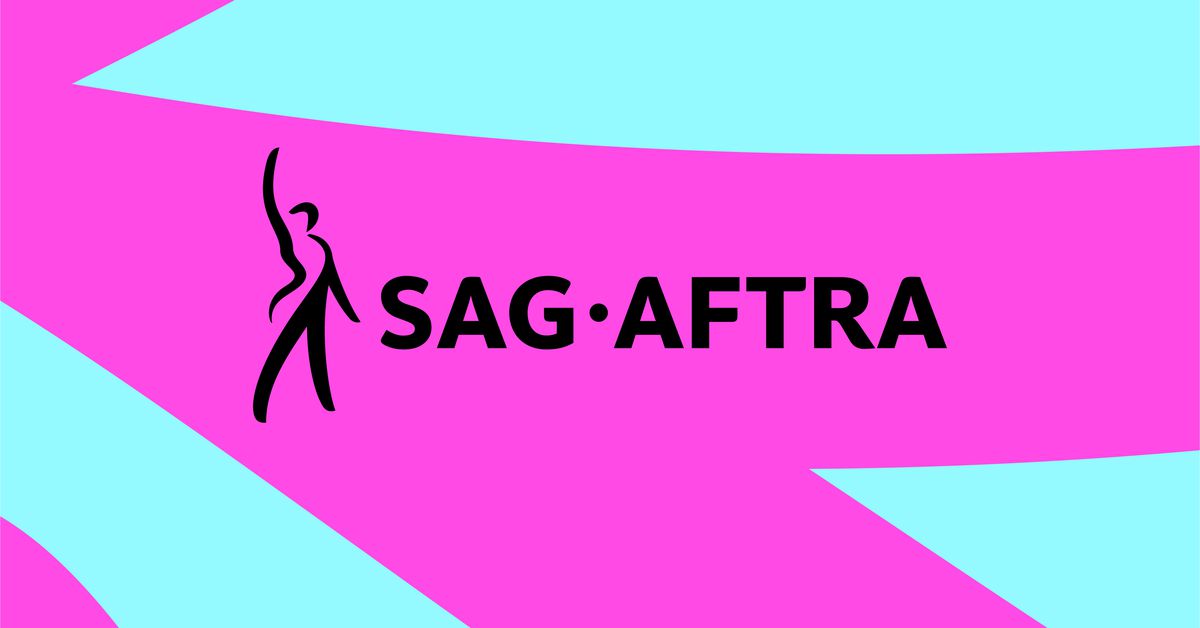The potential resolution of SAG-AFTRA’s prolonged labor strike due to a new tentative agreement with the AMPTP has sparked optimism among many, but concerns arise regarding the contract’s stance on artificial intelligence usage.
Charles Pulliam-Moore, a journalist specializing in film, TV, and pop culture, sheds light on the contentious issue. Disputes revolving around Hollywood’s rights to digitally capture and utilize actors’ likenesses without sufficient oversight have been a key driver of the strike by members of the Screen Actors Guild – American Federation of Television and Radio Artists (SAG-AFTRA). The strike, lasting over four months, has been characterized by picket lines, threats from the Alliance of Motion Picture and Television Producers (AMPTP), and a halt in the entertainment industry’s operations.
The recent development of a potential labor contract raised hopes for a positive shift, but the provisions related to artificial intelligence technology have raised red flags among striking actors. The contract’s vague language concerning “unprecedented provisions for consent and compensation that will protect members from the threat of AI” has left many uncertainties about the extent of actors’ protection. The fact that nearly 14 percent of SAG-AFTRA’s National Board opposed advancing the proposed contract for a general ratification vote indicates a need for a thorough evaluation by union members.
While the summary of the tentative agreement highlights potential career benefits for performers, scrutiny reveals concerns about the level of protection afforded to SAG-AFTRA members. The agreement introduces new definitions for digital replicas and outlines the necessity of obtaining explicit consent from actors before capturing their likenesses. Payment structures for such processes are also outlined, albeit with certain ambiguities that critics fear could be exploited by studios.
Director and former SAG-AFTRA board member Justine Bateman has expressed reservations about the implications of the summary, warning about potential job competition between human actors and AI creations. The summary’s nuances suggest loopholes that could favor studios, prompting calls for a closer examination of the proposed contract.
The agreement allows studios to create two types of digital replicas of actors: employment-based and independently crafted replicas, as well as synthetic performers generated through artificial intelligence. While the agreement emphasizes the importance of initial consent, concerns linger about the extent of studios’ autonomy in post-production alterations without actors’ explicit approval.
The lack of clarity on enforcement mechanisms and the varying compensation structures for different types of digital replicas have raised significant questions about the agreement’s implications for actors. As the ratification vote approaches, members are left with unresolved queries and limited access to the full text of the agreement, adding to the complexity of the decision-making process.
Navigating the intersection of evolving technology and entertainment industry norms, SAG-AFTRA faces the challenge of balancing actors’ rights with industry demands in a rapidly changing landscape. The need for comprehensive understanding and transparency in labor negotiations underscores the importance of informed decision-making for union members amidst the evolving digital landscape.






